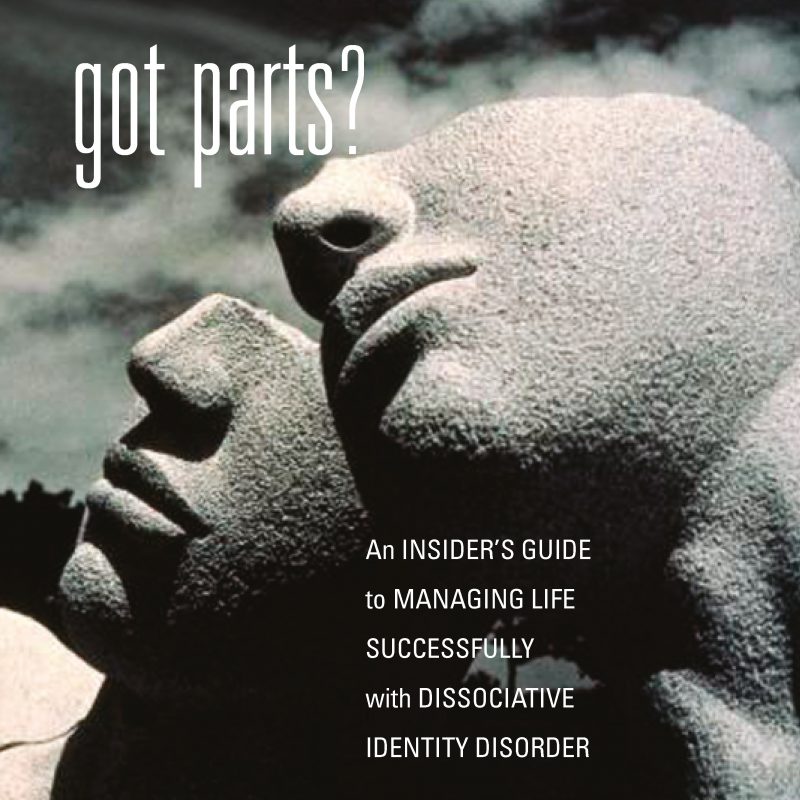Foreword—by Rick Ritter, MSW v
Preface—What is Dissociative Identity Disorder? vii
What are the symptoms of a Dissociative Disorder? ix
Where can I get more information? xi
Chapter 1—got parts? 1
You are not alone 1
Getting To Know You 3
Respecting Each Other 9
Getting to Know You 9
Celebrate Diversity in your System 10
Parts and the Roles They Play 12
Inside Kids 14
Chapter 2—Ideas, Methods, and Approaches? 15
The Safe Space / Dome 15
Daily Meetings 22
Four Commitments to Doing Whatever It Takes to Get Better 24
Lockdown 25
Addressing Secondary Treatment Issues 26
Contracts 27
Ever-Increasing Co-Consciousness 28
Chapter 3—Self Care 29
Therapeutic Benefits of Outside Interests and Activities 30
Self-Care and Boundaries 31
Making Self-Care your First Priority 32
Medical/Health Care Issues 34
Time Management 36
What Else Does it Take? 39
Trauma Recovery/DID Re-Integration 41
Chapter 4—Therapeutic Approaches 41
Emotional Release Work 43
The Daily Log 45
Therapeutic Approaches, and New Techniques and Modalities 47
DID Group 49
Chapter 5—Fallout from Trauma 51
Triggers 51
Flashbacks 52
Body Memories 54
Chapter 6—Relating to Others 55
Disclosure 55
DID and Sexuality / Intimacy 57
Unhealthy Sexual Expressions 59
Keeping the Littles Safe 60
DID and Relationships 62
DID and Parenting 70
DID and Working / Employment 74
DID and School 76
Chapter 7—Guidelines for Living 77
This May Not Be Something You Want To Hear Or Believe, But 77
Important Questions 78
Guideposts 78
The Power of Belief / The Power of the Spoken Word 79
Things to Remember 80
For Healing / For Re-integration / In Order to Create a Better Life 84
Chapter 8—Helpful Resources 85
A Word about Outside Resources 86
Books 88
Books for Younger Parts 90
Websites 91
Music 93
Movies/Videos 93
Appendix A — What’s it Like to Be DID? 95
Appendix B — Letters You Can Use 99
Appendix C — About the Author 103
Index 105
an insider's guide to managing life effectively with DID



